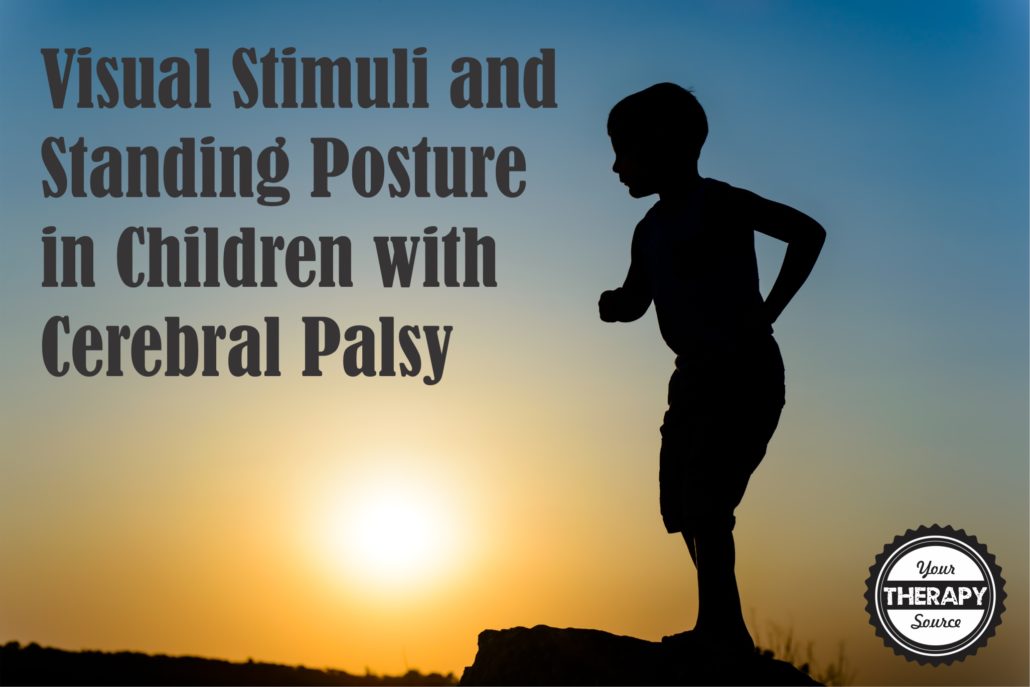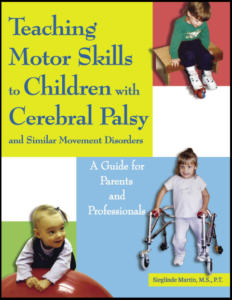Visual Stimuli and Standing Posture in Children with Cerebral Palsy
BMC Neurology published research on visual stimuli and standing posture in 36 children with bilateral cerebral palsy (CP) and 27 typically developing (TD) children. Standing independently requires the visual, somatosensory, and vestibular systems. Using three dimensional motion analysis with surface electromyography to describe body position, body movement, and muscle activity during three standing tasks, the researchers examined standing in a self-selected position, while blindfolded, and during an attention-demanding task. For the participants with cerebral palsy, 17 required support for standing (CP-SwS) and 19 stood without support (CP-SwoS). The results indicated the following:
- all children with CP stood with a more flexed body position than the TD children, even more pronounced in the children in CP-SwS.
- during blindfolded standing, the CP-SwS group further flexed their hips and knees, and increased muscle activity in knee extensors.
- during blindfolded standing, the children in CPSwoS group maintained the same body position but increased calf muscle activity.
- during the attention-demanding task, the children in CP-SwoS stood with more still head and knee positions and with less muscle activity.
The researchers concluded that visual input was important for children with CP to maintain a standing position. Without visual input the children who required support dropped into a further crouched position. The somatosensory and vestibular systems alone could not provide enough information about the body position in space without visual cues. For the children who stood without support, increasing the visual stimulus improved the ability to maintain a quiet standing position. The researchers hypothesize that impairments in the sensory systems are major contributors to the difficulties to stand erect in children with CP.
Reference: Lidbeck C, Bartonek Å, Yadav P, Tedroff K, Åstrand P, Hellgren K, Gutierrez-Farewik EM. The role of visual stimuli on standing posture in children with bilateral cerebral palsy. BMC Neurol. 2016 Aug 24;16(1):151. doi: 10.1186/s12883-016-0676-2. Read the full article here.
Teaching Motor Skills to Children with Cerebral Palsy – FIND OUT MORE INFO



